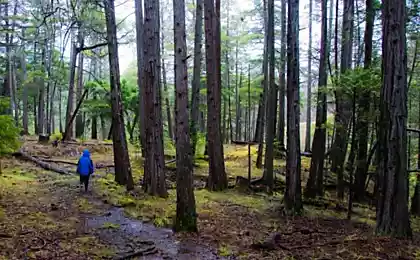959
Designated survival
Magazine "Weather" (Weatherwise) analyzed several regions of the world, dominated by extreme climatic conditions, and made the final list of the ten places that you probably would prefer to bypass party. Indeed, the weather in these ten points are so terrible that endangers human life. That these in reverse order, from the tenth to the first. Oymyakon, Republic of Sakha, Siberia
The small village of Oymyakon is the coldest settlement on Earth. According to some estimates, 500 people living there are forced to endure an average night temperature about -45S winter, but in summer the air warms up to + 30C. In winter, the ground is hard as a rock. To dig the grave, it takes three days. No crop can not be grown here is stable. But residents are accustomed to extreme weather - the only school in Oymyakon is closed only when the temperature falls below -52S.
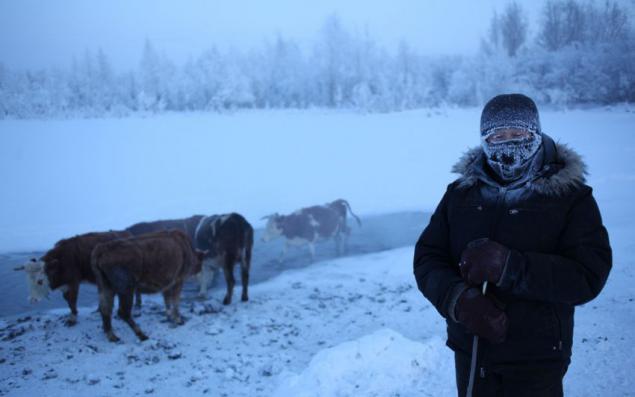
Bouvet Island (Bouvet)
Owned by Norway, is the most remote island in the world, his next-door neighbor - Queen Maud Land (Queen Maud Land) in Antarctica, to which 1,500 km. An island is an extinct volcano, and 90% of the surface is covered by a glacier. The island is uninhabited, on it is not even safe areas for helicopter landing. Only penguins that live among rocky beaches and rocks, able to withstand freezing temperatures year-round.
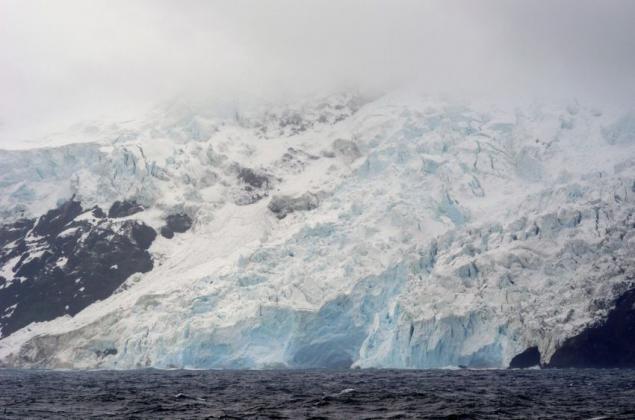
Central Sahara
On the outskirts of the world's most famous desert, you can find reservoirs, mitigating climate. But the heart of the Sahara - is another matter: there is virtually no vegetation, and dust and sandstorms occur constantly. In the summer months the temperature reaches 50 ° C, in winter it falls below the freezing point. Within one day you may experience fluctuations in temperature from -0, 5C to 37, 5. You do not really know which you are the light.
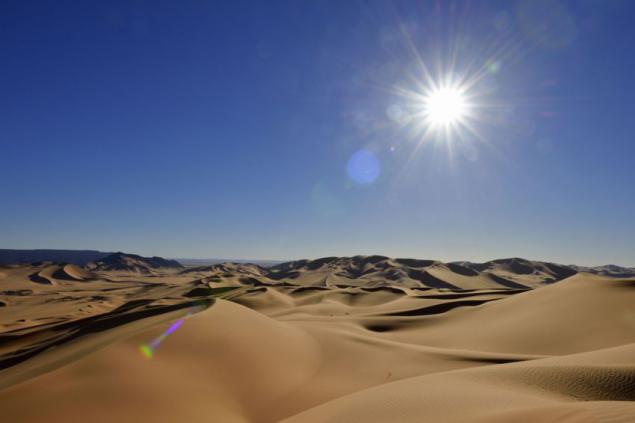
Southern Patagonia, the Andes
The picture shows the mountain of Cerro Torre (Cerro Torre). This is the area of hurricane winds and lightning storms, cold temperatures and endless snowfalls.
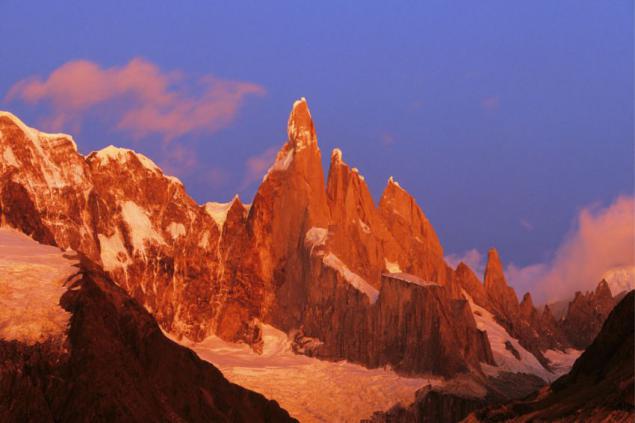
Gandhi th Béria (Gandom-e Beryan), Dasht-e Lut (Dasht-e Lut), Iran (seen from space)
This scorching landscape is considered the hottest place on Earth. Dasht-e Lut is translated from Farsi as "desert of deserts", located in the eastern and central parts of Iran and has an average temperature of +70, 7C. In the middle of the desert Lut located uninhabited, lifeless black dress. According to local legend, in 1950 a caravan of wheat spilled its cargo on dry soil. A few days later another caravan was held in the same way and found that the grain burned subsidiaries. So, this area was called "Gandhi th Béria" which in Farsi means "burnt wheat".
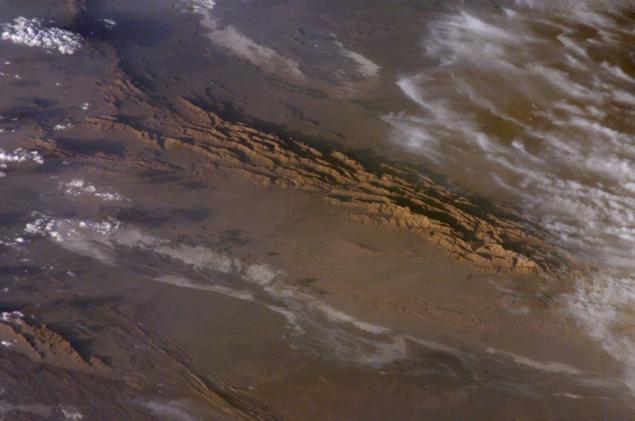
Camp Summit (Summit), Greenland
Ice House Summit Station, a research center of the United States. There prevail harsh polar conditions, and temperatures rarely exceed 0C. In the summer months the daytime temperature is -11S, the mid-winter minimum drops to -48S. Almost constant snowstorms mean that there is very easy to get lost and freeze.
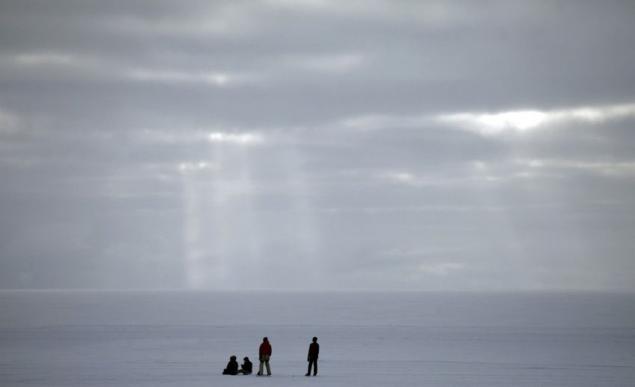
District K2 Karakoram
Peak K2 or Godwin Austen, reaches a height of 8614 meters above sea level and is located in the Pak-China region of the Himalayas. Fierce storms do not allow to climb in the winter months. Array K2 is known as the "mountain predator." Total 250 climbers managed to reach its summit. Many climbers have died trying to conquer it. Photo 1910.
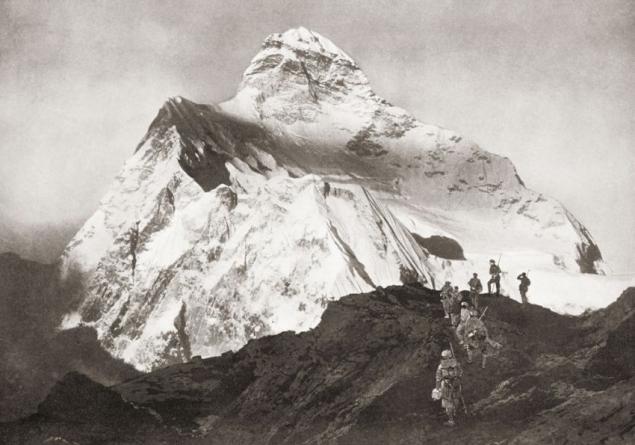
Coastal Antarctica
The long stretch of coast characterized by temperatures that are unfit for habitation. Deadly storms raging along the coastline. Wind speed reached more than 200 kilometers per hour.
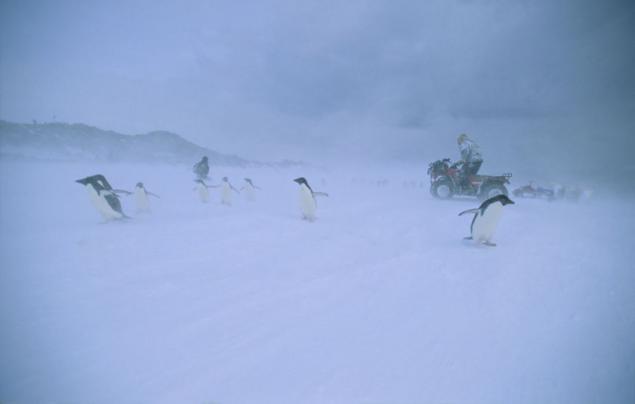
High ice ridges of the Yukon Territory and Alaska
Mountain range in the north of Canada and the United States called the North American Himalayas. Some of the peaks reach a height of 6100 m above sea level. This remote region is rarely visited because of the storms that raged continuously for weeks. Peak St. Elijah (pictured) is just 10 miles off the coast of Alaska. The climate is so severe that there is not even a fixed weather stations.
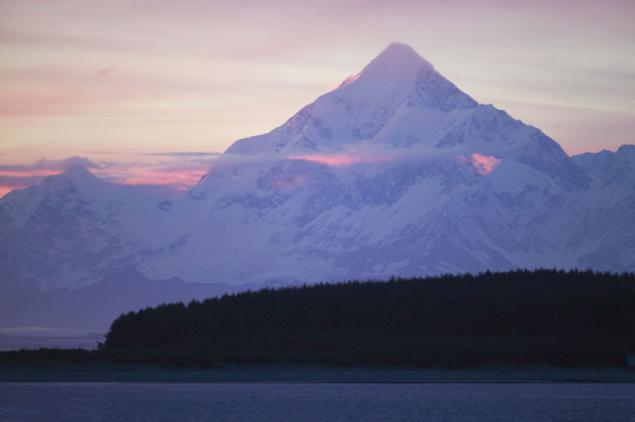
Vostok Station, Antarctica
The research station is located on the eastern tip of the Antarctic ice sheet. For a long time she holds the record for the coldest place on earth - -88C, but NASA recently recorded a temperature of -93, 2C about the high ridge on the East Antarctic plateau. Thanks to modern technology the station is maintained in the current state of the work for Russian scientists. Continuous wind, reaching speeds of 100 kilometers per hour, constantly attacking the station building. This area falls under inches of precipitation a year.
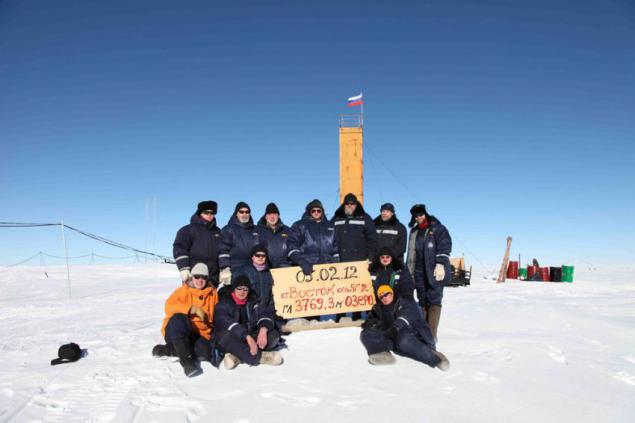
Source: lubimets-bogov.livejournal.com
The small village of Oymyakon is the coldest settlement on Earth. According to some estimates, 500 people living there are forced to endure an average night temperature about -45S winter, but in summer the air warms up to + 30C. In winter, the ground is hard as a rock. To dig the grave, it takes three days. No crop can not be grown here is stable. But residents are accustomed to extreme weather - the only school in Oymyakon is closed only when the temperature falls below -52S.

Bouvet Island (Bouvet)
Owned by Norway, is the most remote island in the world, his next-door neighbor - Queen Maud Land (Queen Maud Land) in Antarctica, to which 1,500 km. An island is an extinct volcano, and 90% of the surface is covered by a glacier. The island is uninhabited, on it is not even safe areas for helicopter landing. Only penguins that live among rocky beaches and rocks, able to withstand freezing temperatures year-round.

Central Sahara
On the outskirts of the world's most famous desert, you can find reservoirs, mitigating climate. But the heart of the Sahara - is another matter: there is virtually no vegetation, and dust and sandstorms occur constantly. In the summer months the temperature reaches 50 ° C, in winter it falls below the freezing point. Within one day you may experience fluctuations in temperature from -0, 5C to 37, 5. You do not really know which you are the light.

Southern Patagonia, the Andes
The picture shows the mountain of Cerro Torre (Cerro Torre). This is the area of hurricane winds and lightning storms, cold temperatures and endless snowfalls.

Gandhi th Béria (Gandom-e Beryan), Dasht-e Lut (Dasht-e Lut), Iran (seen from space)
This scorching landscape is considered the hottest place on Earth. Dasht-e Lut is translated from Farsi as "desert of deserts", located in the eastern and central parts of Iran and has an average temperature of +70, 7C. In the middle of the desert Lut located uninhabited, lifeless black dress. According to local legend, in 1950 a caravan of wheat spilled its cargo on dry soil. A few days later another caravan was held in the same way and found that the grain burned subsidiaries. So, this area was called "Gandhi th Béria" which in Farsi means "burnt wheat".

Camp Summit (Summit), Greenland
Ice House Summit Station, a research center of the United States. There prevail harsh polar conditions, and temperatures rarely exceed 0C. In the summer months the daytime temperature is -11S, the mid-winter minimum drops to -48S. Almost constant snowstorms mean that there is very easy to get lost and freeze.

District K2 Karakoram
Peak K2 or Godwin Austen, reaches a height of 8614 meters above sea level and is located in the Pak-China region of the Himalayas. Fierce storms do not allow to climb in the winter months. Array K2 is known as the "mountain predator." Total 250 climbers managed to reach its summit. Many climbers have died trying to conquer it. Photo 1910.

Coastal Antarctica
The long stretch of coast characterized by temperatures that are unfit for habitation. Deadly storms raging along the coastline. Wind speed reached more than 200 kilometers per hour.

High ice ridges of the Yukon Territory and Alaska
Mountain range in the north of Canada and the United States called the North American Himalayas. Some of the peaks reach a height of 6100 m above sea level. This remote region is rarely visited because of the storms that raged continuously for weeks. Peak St. Elijah (pictured) is just 10 miles off the coast of Alaska. The climate is so severe that there is not even a fixed weather stations.

Vostok Station, Antarctica
The research station is located on the eastern tip of the Antarctic ice sheet. For a long time she holds the record for the coldest place on earth - -88C, but NASA recently recorded a temperature of -93, 2C about the high ridge on the East Antarctic plateau. Thanks to modern technology the station is maintained in the current state of the work for Russian scientists. Continuous wind, reaching speeds of 100 kilometers per hour, constantly attacking the station building. This area falls under inches of precipitation a year.

Source: lubimets-bogov.livejournal.com


